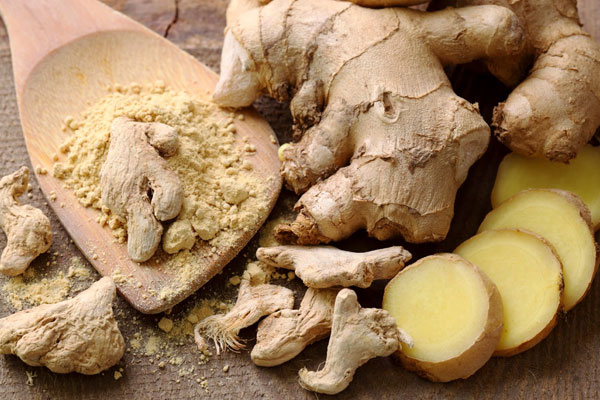Introduction
Ginger (Zingiber officinale)
Family - Zingiberaceae
Since ancient times, Ginger, the underground stem, or rhizome, of the plant Zingiber officinale has been used as a medicine as well as a flavoring in Asian, Indian, and Arabic herbal traditions. Ginger in commerce, is the underground stem. The plant has slender reed-like stems with dark glossy green leaves arising from tuberous rhizomes. Plants will reach about 20 inches (45 cm) tall and the lanceolate leaves reach 7 inches (17.5 cm) long. Ginger plant has a long history of cultivation known to originate in Southeast Asia and then have spread to India, West Africa, and the Caribbean. Still India and china is the major producers and exporters. Most of the world trade in ginger is as a dried spice, however fresh rhizomes are also traded.

Agronomic Requirements
Ginger grows well in sandy soils, with adequate organic matter for moisture retention. Partial shade with warm temperature is preferable and can be intercropped with trees like coconut, etc. It grows well up to an elevation of 1,500 meters from the sea level.
Field Planting
Ginger is propagated by its stem rhizome cut into small pieces with six to ten eye-buds on each piece which generates new shoots after sowing. It can also be sown in flatbeds and on ridges, and the seed of which should not be planted deep.
Harvesting
It takes about 10 months to remain in the field and starts showing withering signs from the 8th month which indicates that the crop is ready for digging. Harvested ginger root is usually sun-dried for longer preservation.

